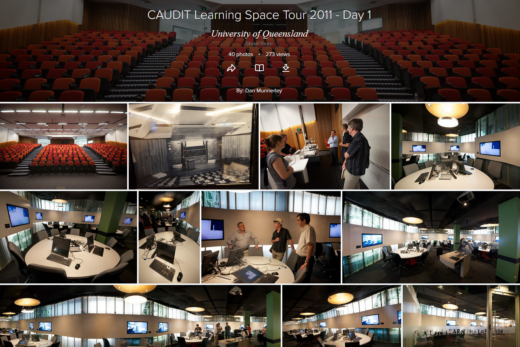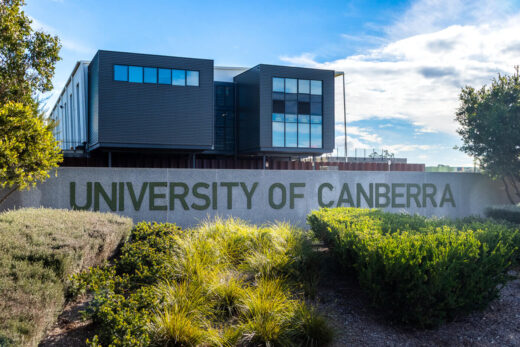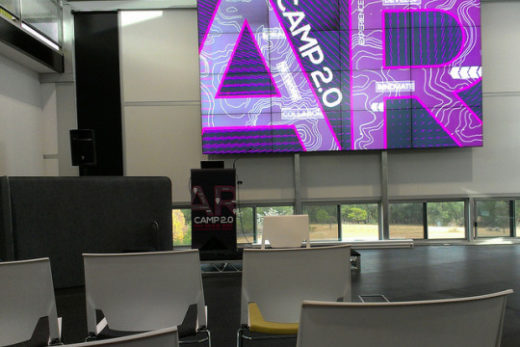Extended reality (XR) technologies — which include virtual, augmented or mixed realities — allow us to blend physical and digital worlds, providing opportunities for more immersive learning in which students can explore and create in real or imagined worlds from virtually anywhere.
At the heart of truly impactful learning through XR is gameful design and engaging storytelling. Leveraging the affordances of XR technologies, these playful narratives provide simulated experiences that evoke both presence, the feeling of actually ‘being there’ in a virtual environment, and embodiment, the sense that you are ‘doing or feeling’ the things your avatar does. Additionally, XR offers the ability to visualize and engage with objects in three dimensions, visit different eras, observe time at variable speeds and do things impossible or dangerous to do in real life.
Unlike many of our current digital methods, XR can engage the whole learner — cognitively, physically and emotionally. And XR isn’t just for exploration. Rather, providing opportunities for learners to engage with and create these immersive experiences is a way to develop skills for the future workforce, as well as enhance creative and digital fluency.
While these technologies are not new, we are rapidly approaching a time in which XR technologies can scale. To do so, institutions must enhance their internal XR creation capacity and remain intentional with inclusive and equitable designs to make these learning experiences accessible to most learners.
For example, with six immersive experiences already on display, and more on the way, ASU’s flagship initiative in immersive learning experiences, XR@ASU, has already begun shaping this new way of learning in which students are both creators and consumers of virtual, augmented and mixed realities.
This insight was originally published as part of Campus Technology’s article “25 Ed Tech Predictions for 2021.”



